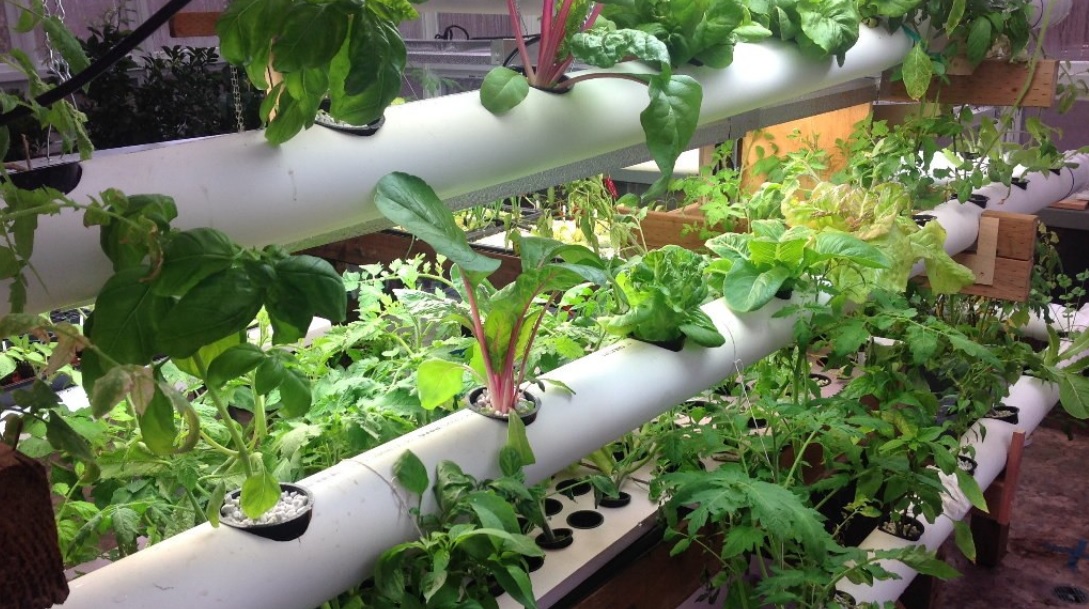Plants are essential part of life. It gives us green fresh looks to our homes and rooms. It can really brighten our days. Plants are known to increase the beauty of interior of the homes because of its greenery and freshness. If your room looks dull and boring .you can bring some indoor plants and can take care of them. And use them for decoration as well.
Indoor plants are popular because they are relatively easy to take care of, provide health benefits and can be used in a variety of indoor décor themes. Indoor plants are a great option for those who have little yard space for an outdoor garden or for those who live in climates with severely cold winters.
But taking care of these green babies can really be tough and tricky. We have to care of the lighting, the water the right fertilizer and everything else . Here are some tips and tricks one can use to take care of their houseplants easily .
1 Try to know when your plant is actually thirsty:
Learning to know when your houseplants actually required water is very essential. One way to find of your plants neeche water is to check wilting leaves. If the leaves are wilting that means its time to water your plants. Another trick to check is to dip your finger two inches in the soil of the houseplants. If it’s try than it’s time to water the plants. You can also tell if the soil is too dry by lifting up the plant container and gauging its weight. The pot will feel heavier after watering and lighter as the soil dries out, and over time you’ll be able to gauge when the plant has enough moisture.
2 Underwatering is way better than Overwatering:
Yes you heard that right. We almost often make this mistake while watering the plants is we flood the pot with water. This should be avoided because some houseplants are better off slightly dry than soaking wet. Excessive amount of water are harmful for the roots of plants. When watering, your goal is to make the soil moist but not soggy.
Buy before you water your plants make sure you put a tray . May be take it outside to catch any excess water. Next, pour the water slowly until you see it trickling out from the drainage holes in the bottom of the pot. Plants usually need water once or twice a week and even much more lesser in winters.
3 Checking the amount of light in the room:
Every plant is different and so are there needs. Different plants required different amount if light to keep them growing. Direct light plants needs lights in greater amount to survive. Because it needs more sunlight to survive it should be placed near to south facing windows. Bright -light plants these plants required lights in moderate amount not more not less but balanced.
It can be kept on east or west facing windows.
Also can be kept on South facing windows but keep it little far away from the window. Low light plants need the lesser amount of light and excessive light can be harmful. It should be kept in shadier place and also at north facing windows. Incase your home doesn’t have the right amount of light for each plants . Than you can purchase an LED or fluorescent grow light to simulate the proper conditions.
4 Keeping a track of temperature and adjusting it:
Right temperature is as important as right light for plants to grow . Most houseplants thrive in temperatures between 65 and 75°F during the day, with temperatures at night about 10 degrees cooler. If your house stays warmer at night, you can help your indoor plants by opening a window to ensure they get the cool air they need.
5 Checking Humidity and ventilation:
Keeping in check of the humidity and ventilation in the room can really help houseplants. Many plants grow best with a level of humidity in the air that is similar to what they would experience in their natural environment. If the air where you live is dry, lightly mist your plants with a spray bottle, or keep a humidifier nearby.
Condensation that stays on leaves too long, though, can be harmful, which is why proper airflow is also crucial to maintaining healthy plants. You can place a fan near your house plants to circulate air that will help in blowing away excess moisture. It can also prevent dust to build up on leaves.
6 Using a moisture meter to check up on plants :
Moisture meters are the most accurate way to determine how hydrated your plants are. The mechanism probes the underlying soil to give you a reading on how hydrated your soil is. You can buy a moisture meter online, in a home and gardening store, and certain department stores.


